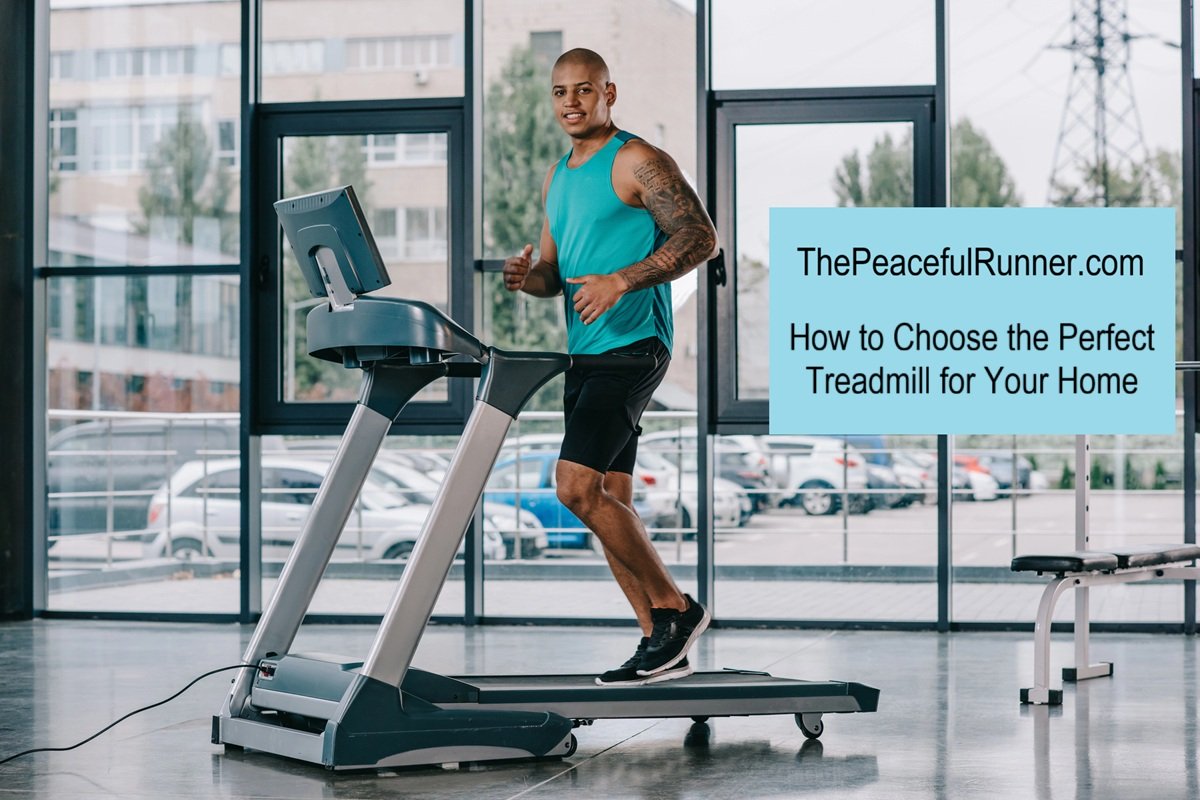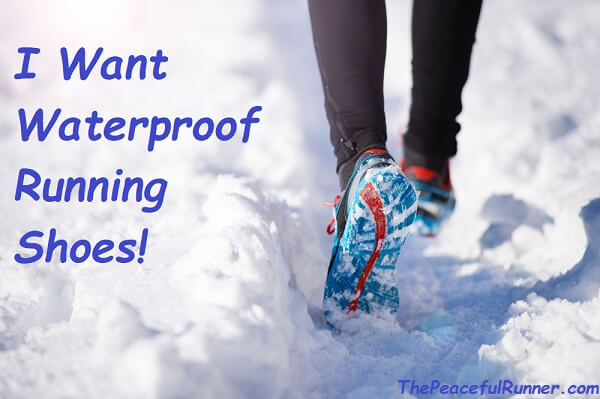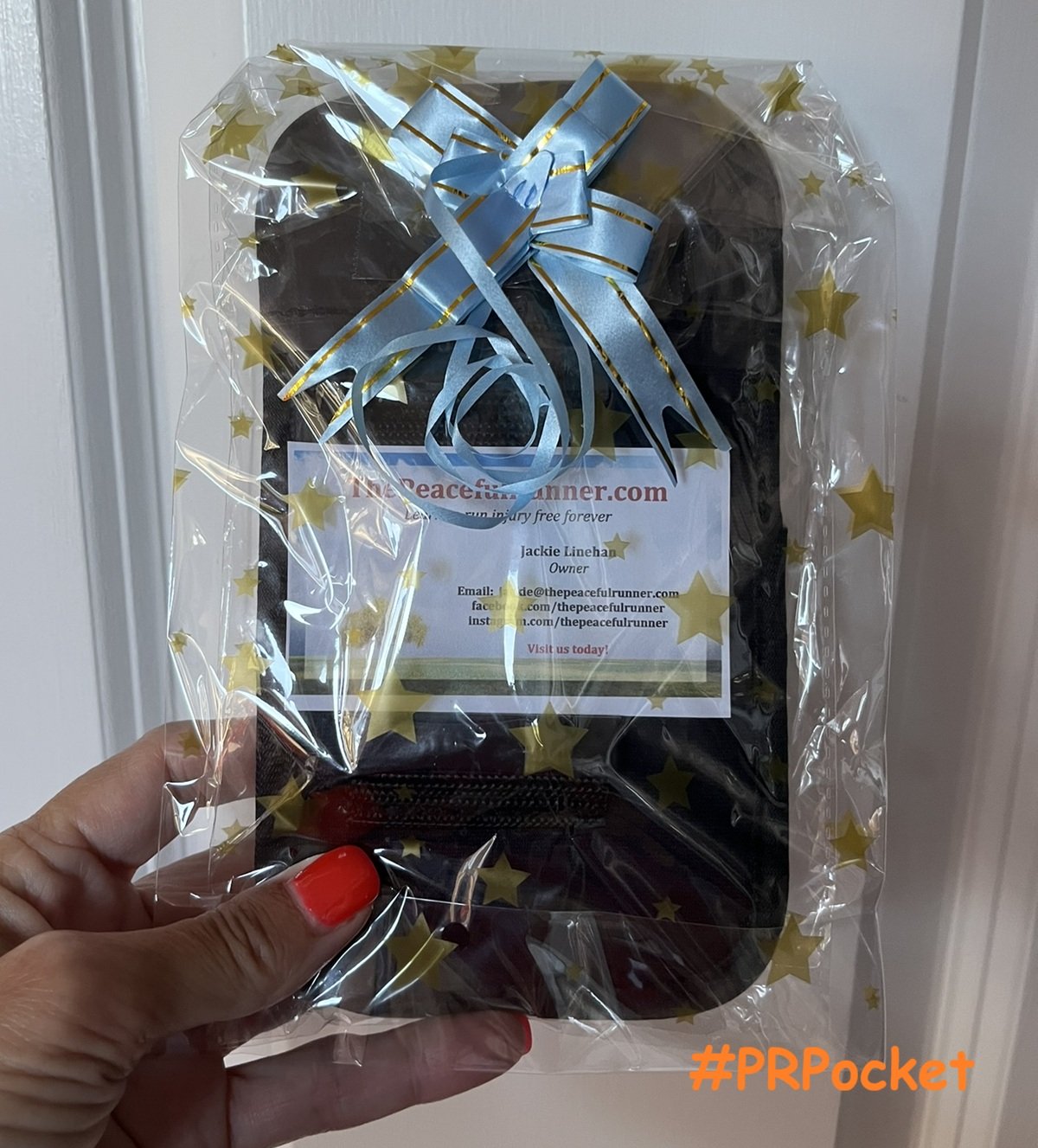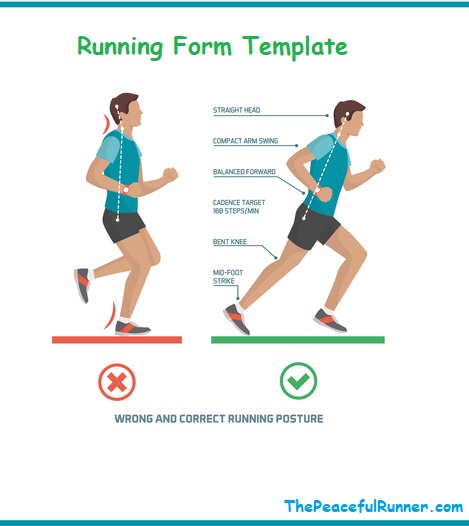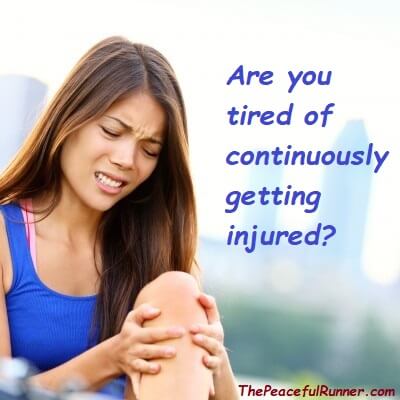- Home
- Prevent Injuries
- Deal With Running Pain
Change How You Deal with Running Pain and Prevent Injuries
FTC Disclosure: As an Amazon Associate, I earn from qualifying purchases. Learn more
How do you Deal with Running Pain?
By choosing a different response to pain, we can prevent running injuries from developing—and at the same time build coping strategies that carry over into every area of life. The way we handle physical pain in running often mirrors how we handle emotional pain in daily life.
Note: If we feel sharp or serious pain while running, it’s important to stop—pushing through will only make things worse. But most of the discomfort we first notice while running isn’t actually serious.
How to Deal with Running Pain
While running, we might face all kinds of discomfort—side stitches, belly or leg cramps, blisters, a sore back, tight shoulders, aching knees, or even a sharp twinge in our hamstrings. Add in chafing, the burn of tired legs, the push of a steep hill, or the mental weight of thinking how far we still have to go—the list feels endless. But no matter what shows up, we always have the power to choose our response. When we learn to accept these aches and pains without fear, we not only make the run easier—we also reduce the risk of injuries and build resilience that carries into every part of life.
Sakyong Mipham Rinpoche, author of Running with the Mind of Meditation suggests we take the following steps when dealing with pain:
"The first step is to acknowledge the pain. The pain is one thing, and the mind reacting to the pain is another, so the second step is not to overreact. Becoming startled by the pain only exacerbates the pain, like throwing gasoline on a fire: our reaction to the pain makes it even worse. Therefore we acknowledge the pain, but we avoid having the immediate reactionary response."
When we feel pain while running, the key isn’t to resist it or push it away—it’s to accept it. Ignoring pain only drains our energy, both mentally and physically, leaving us more exhausted. Instead, we can stay calm, breathe deeply, and soften into the sensation. By allowing pain to be felt without overreacting, we can see it for what it truly is: simply a signal from the body.
Much of pain is shaped by the mind. Often, it’s not the sensation itself that overwhelms us, but our struggle to handle it. As Sakyong teaches, we can practice noticing the difference between the pain itself and the mind’s resistance to it. In doing so, we become stronger, steadier, and more resilient—both in running and in life.
"...life is at least 50 percent pain. If we do not relate to pain, we are not relating to half our life...When we are able to work with pain and understand it, life becomes twice as interesting. Relating to pain makes us more fearless and happy."
-- Sakyong Mipham Rinpoche, author of Running with the Mind of Meditation
No Pain is Permanent
No pain lasts forever. When we understand that nothing in life is permanent, it becomes easier to accept whatever we face—whether it’s the sting of running pain, a tough life challenge, shifting emotions, or even the natural changes in our bodies. Everything is temporary.
Learning how to face running pain builds confidence and frees us from the fear of it. Pain can even become a teacher. It often reveals imbalances in the body, giving us the chance to correct them and grow stronger. And beyond the physical, pain can open our hearts. By experiencing it ourselves, we develop deeper compassion for those who live with chronic pain every day.
Running and Meditation
Running and meditation share a powerful similarity: in both, we meet ourselves in silence and face whatever arises in the mind or body. Sometimes it’s challenging thoughts, and other times it’s physical aches and pains.
These sensations are often unfamiliar, which is why they feel uncomfortable. In meditation, we practice noticing thoughts and letting them pass without clinging to them. In practices like Insight Meditation, also known as Vipassana Meditation, the focus is on observing bodily sensations with calm awareness—without fear, attachment, or overreaction. This simple act of noticing allows tension and pain to gradually release.
We can bring the same approach to running. By responding to discomfort with awareness and acceptance rather than resistance, we develop a sense of ease with all sensations. Over time, this not only makes us stronger runners but also helps us face life’s challenges with greater resilience, balance, and joy.
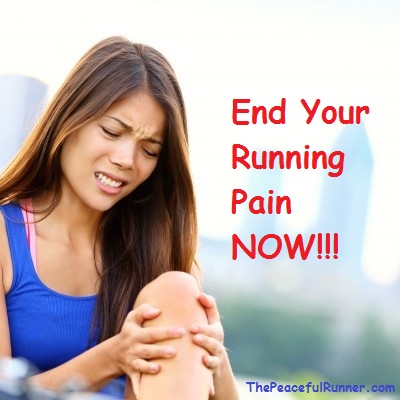
Become A Confident,
Injury-Free Runner in
Just 15 Minutes a Day!
Start today!
How do you deal with running pain?
How do you handle running pain? Have you tried the approach above, or do you have your own go-to technique for easing discomfort—or the fear that comes with it? I’d love to hear your thoughts and experiences in the comments!
Back to top of How to Deal with Running Pain
Return to Prevent Injuries
- Home
- Prevent Injuries
- Deal With Running Pain
FTC Disclosure: As an Amazon Associate, I earn from qualifying purchases. Learn more
NEW FEATURE - DISQUS COMMENTS!
Login using Facebook, Twitter, Google or Disqus.
Recent Articles
-
Have you ever had a run where everything suddenly felt effortless?
Dec 18, 25 11:01 AM
-
How to Choose the Best Treadmill for Your Home
Dec 10, 25 07:13 AM
-
Winter Running Tips and the Best Waterproof Running Shoes
Nov 15, 25 01:55 PM
-
When the Music Stops, Awareness Begins
Nov 05, 25 10:54 AM
-
Get yours in time for gift giving!
Oct 24, 25 12:32 PM
-
Change How You Deal with Running Pain
Oct 10, 25 08:53 AM
-
Surprising Benefits of Backwards Running
Sep 15, 25 12:40 PM
-
It's an Awesome Product!
Aug 28, 25 09:25 AM
I went out for a walk this morning and I used the #PRPocket for the first time. I had to check at least 3 times because I thought I lost my phone (iPhone -
Running in Hot Weather: What Every Runner Needs to Know!
Aug 14, 25 01:00 PM
-
Sick of Dieting? You’re Not Alone — And There Is a Better Way.
Jul 30, 25 12:18 PM














